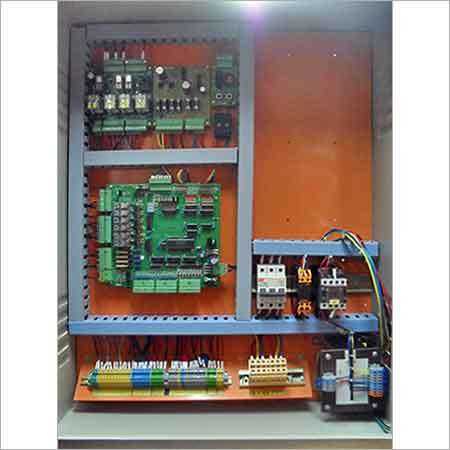

Depending on how the stair lift is enclosed it can also feel quite unsafe when a person using a wheelchair is in motion.After a career in electronics, instrumentation and automation-combined with a lifelong affinity for all things mechanical-I can’t help but keep an eye out for any equipment or system I can improve, no matter how small. The design is not dignified, as it creates a spectacle around gaining basic access to a building. Stair lifts also reduce the ability to provide safe handrail access to other users. They should not be a first, or even second, choice by design. Stair lifts are a last resort retro-fitted into difficult, older sites. Lift control panel design install#
The BCA states that they must not be used to serve high traffic public use areas such as a shopping centres, or where it is possible to install another type of passenger lift. Stair lifts are lifts that are fixed to stairs to enable a customer using a wheelchair to travel up the stairs where no other alternative is practical.

This adds time and makes the process even less dignified. Platform lifts are invariably locked by facilities managers with directions to call a central desk.

The constant pressure button to keep the platform lift in motion can be difficult for customers with limited dexterity or strength.Additional considerations for more dignified access They should not be used in high traffic public use areas such as shopping centres. The BCA requires that these lifts must not travel more than 4m (if enclosed) or more than 2m if unenclosed. These lifts are often controlled by the application of constant pressure to a control.

Platform lifts are lifts that enable a person to move between two levels where a ramp is not practical.
Clear signage that lets a person know what is on each floor included in tactile and braille or audio. This includes: the ability to access a lift if instructions cannot be seen the ability to access the lift if instructions cannot be heard and the ability for people with restricted mobility to access the lift in time. These are usually installed in offices buildings with multiple lift cars rather than retail settings, but also need to be accessible. Some lifts have a system where the customer selects their destination floor from a point outside the lift area and is directed to a pre-determined lift, and as a result, they have no controls (other than emergency controls) inside each lift car. A solution to this is to have an SMS number displayed in the lift which can be used in case of emergency. The person who is deaf may also be unable to receive communication about how long it will take or what is being done. Whilst a light may show to register that the call has been received, call centre staff may assume that there is no one in the lift. Similarly, emergency intercoms and telephones in lifts are not accessible for people who are deaf. Having emergency instructions in braille assist people who are blind. A fire engineered design solution for a large shopping centre complex might make allowances to use at least one lift in each location during emergencies. Lifts serving more than two levels should have automatic audible information within the lift car to identify the level each time the car stops, and an audible and visual indication at each lift landing to indicate the arrival of the lift car.Īdditional considerations for more dignified access. Emergency hands-free communication, including a button that alerts a call centre of a problem and a light to signal that the call has been received. All of the symbols and letter on controls buttons inside and outside the lift in raised tactile lettering and braille. Lift doors should remain open long enough for people to exit and enter (Australian Standards say it should stay open for 6-8 seconds depending on the number of lifts). A handrail installed inside the lift for support and stability. Lift door clear opening of 900mm to help people with mobility restrictions, but also to load and unload more efficiently. Control buttons on the landings and in the centre of the control panel inside the lift located at an accessible height. The usual lift that that people use in multi-storey shopping centres. There are several types of lifts that are common in retail environments. Small buildings don't need a passenger lift if they are no more than three storeys and each storey is less than 200m². Where there is a change in level within the store that is not accessed via a ramp, there should be a compliant lift. Jump to section: Guidance on premises Passenger lifts








 0 kommentar(er)
0 kommentar(er)
